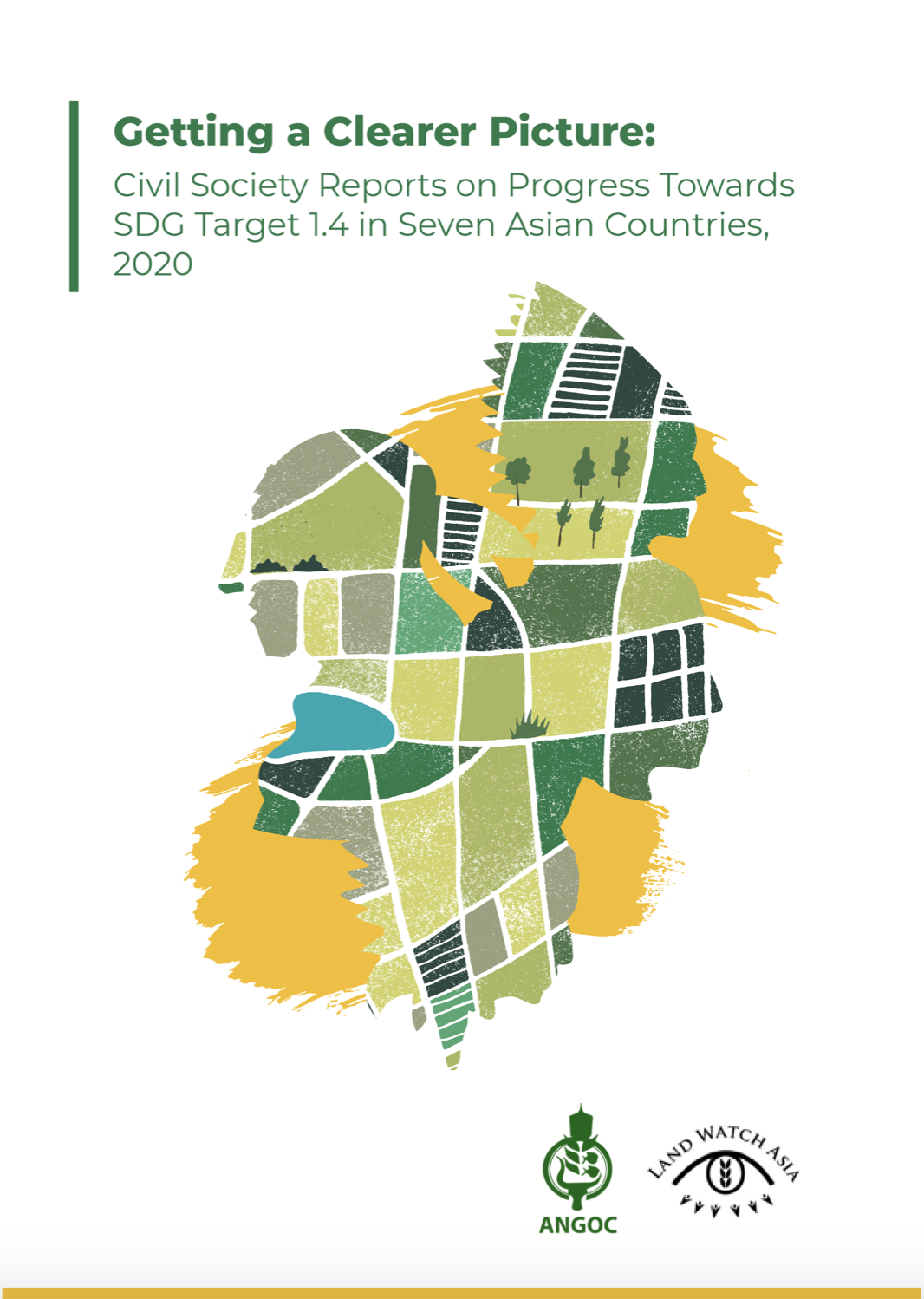Bangladesh has a unique coastal system with both proximity of climatic vulnerability and opportunity, having rich coastal resources. The upkeep of people's livelihoods in the coastal zone largely depends on the degree to which key stakeholders at all levels of decision-making can…
Target 1.4 of the UN Sustainable Development Goals (SDGs) seeks to ensure that “all men and women, particularly the poor and vulnerable, have equal rights … to ownership and control over land and other forms of property.”
This target’s inclusion under SDG Goal 1, on “ending poverty in all…
This document is a long list of existing digital tools and platforms for selected value chains in Bangladesh based on key characteristics, accomplishments, challenges and business models.
Soil salinity is a negative impact of climate change, and it is a significant problem for the coastal region of Bangladesh, which has been increasing in the last four decades. The issue of soil salinity substantially limits the agricultural crop production in coastal areas. Therefore, a soil…
Researchers increasingly investigate ecosystem services to assess their role in supporting livelihoods, well-being and economic value in order to inform decision-making. Many studies have explored links between ecosystem services and community-based livelihoods, with a very narrow focus on the…
While numerous studies have documented the benefits of conservation agriculture (CA) in South Asia, most focus on favorable environments where farmers have reliable access to energy supporting irrigation and inputs. The performance of CA in South Asia’s under-developed coastal environments is…
Despite the recognized importance of women’s participation in agricultural extension services, research continues to show inequalities in women’s participation. Emerging capacities for conducting large-scale extension training using information and communication technologies (ICTs) now…
The advent of improved lentil varieties (ILVs) in the mid-1990s solved the disease problem which almost halted lentil production in Bangladesh. Levels of adoption of ILVs have been documented in the literature, but little is known about their impacts. Applying an instrumental variables…
A growing body of evidence indicates that agricultural development programs can potentially improve production diversity and diet quality of poor rural households; however, less is known about which aspects of program design are effective in diverse contexts and feasible to implement at scale.…
We use a randomized controlled trial in rural Bangladesh to compare two models of delivering nutrition content jointly to husbands and wives: deploying female nutrition workers versus mostly male agriculture extension workers. Both approaches increased nutrition knowledge of men and women,…
The occurrence of high temperature and heavy rain events during the monsoon season are a major climate risk affecting aquaculture production in Bangladesh. Despite the advances in the seasonal forecasting, the development of operational tools remains a challenge. This work presents the…
Agrarian Bangladesh relies heavily on rice. Since independence, many varieties have been released and targeted to increase productivity, farmers' income, and food security. However, few gained widespread adoption. Moreover, farmers in the border regions are adopting exotic cultivars, and it…





